Onions and Shallots, Nature's Anti-biotic and, Anti-fungal as well.
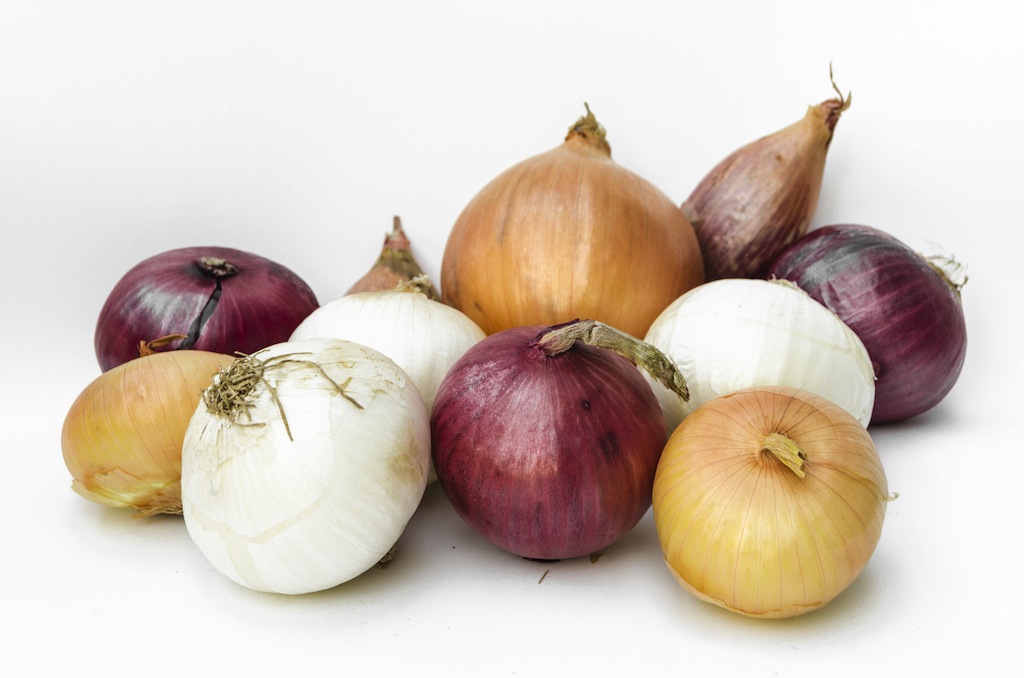 Onions, Variety of Colors and Shapes
Onions, Variety of Colors and ShapesRevered for its medicinal values and healing potency, as well as the many uses in ancient rituals.
Buried with Pharoahs, mentioned in the Bible, written in Indian medicinal treatise, history has recorded its many uses, since the ancient times.
Today, researches have uncovered the many antioxidants and other healing nutrients found in the onions.
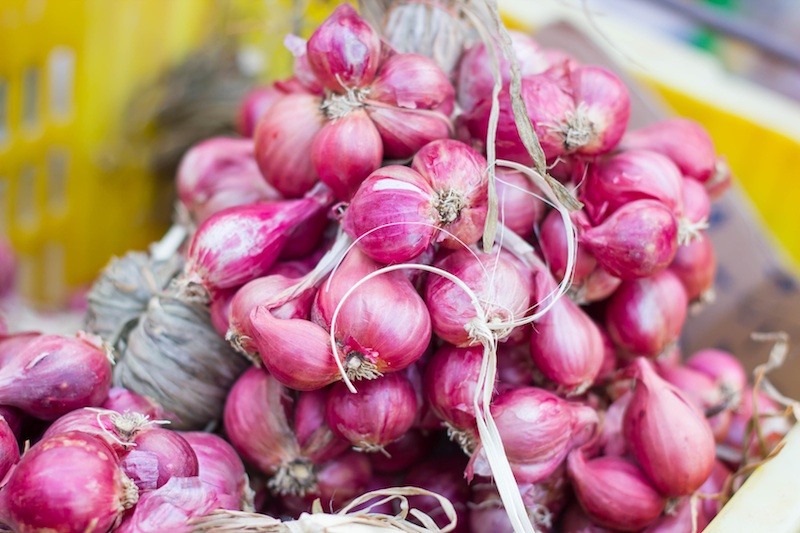 Shallots, closely related to Onions
Shallots, closely related to OnionsShallots while closely related to the onions can be differentiated in a few ways, other than their scientific names:
- Shallots grow as a cluster of bulbs, from a single planted bulb (similar to garlic), while onions grow as a single big bulb per plant.
- Shallots are a lot smaller compared to onions.
- Shallot may resemble the taste of onion, but milder and sweeter in
flavor.
- Onions are seed-propagated, whereas shallots are vegetatively multiplied.
- Onions are almost disc-shaped bulbs while shallots can appear like elongated onions.
(Cite: http://www.differencebetween.net)
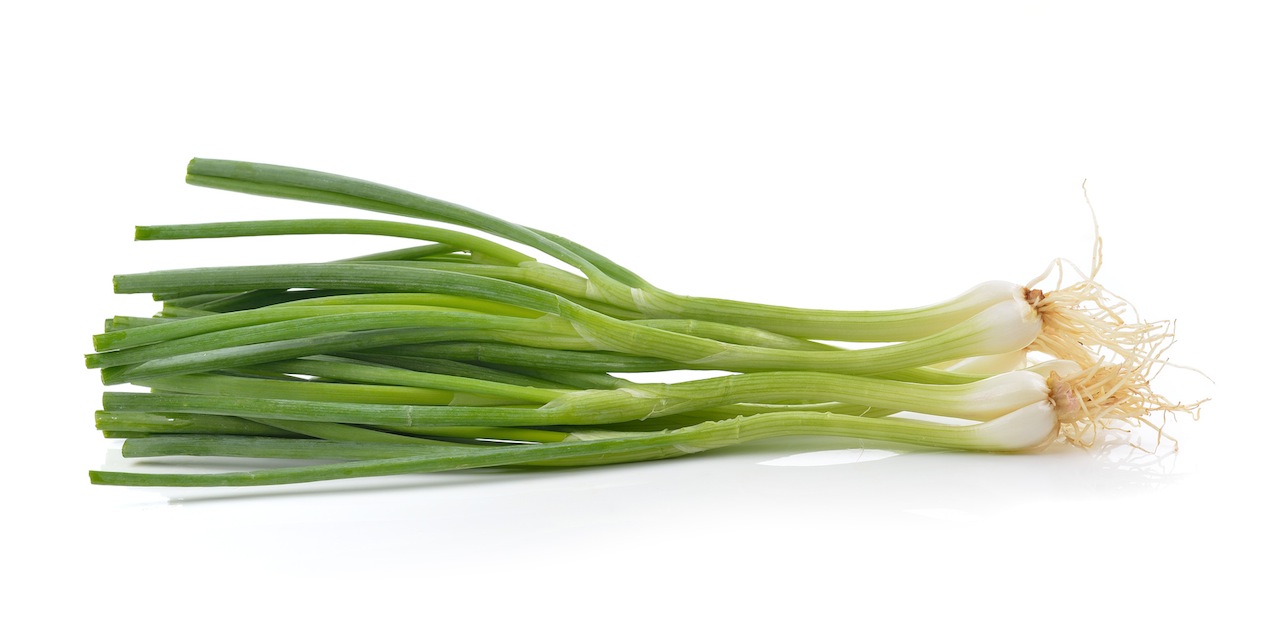 Spring Onion (sometimes a.k.a. Shallots)
Spring Onion (sometimes a.k.a. Shallots)Shallots is also the name used, in some parts of the world (e.g. In USA) for its green shoots, known as "spring onions" in other parts of the world.
Thankfully, scientists have also uncovered the chemical that causes us (well, some of us; including me) to tear when we cut/peel/crush onions/shallots. The chemical/enzyme found in onions/shallots, that makes us tear, is known as syn-propanethial-S-oxide.
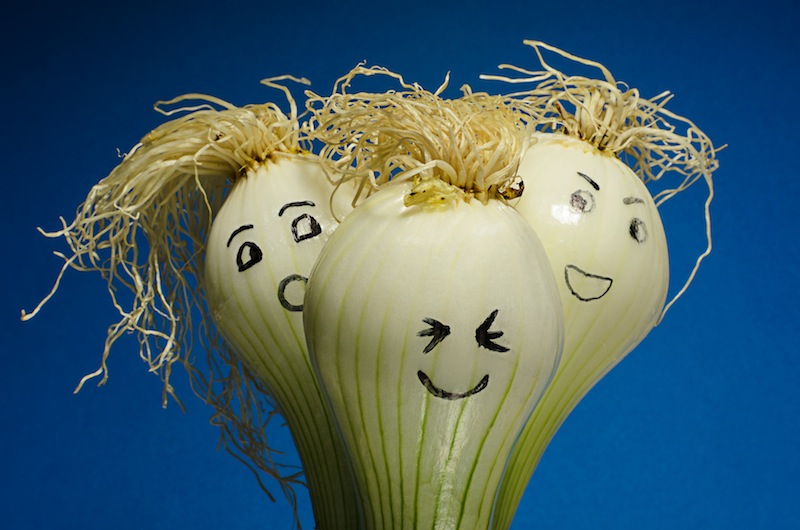 A Spring Onion demostrating "crying" when cutting onions
A Spring Onion demostrating "crying" when cutting onionsWhile they are both related to the garlic, cutting/peeling/crushing
garlic does not cause the garlic to under go the same chemical changes
... thank goodness, too!
Apparently, this chemical forms as quickly as 30 seconds when the onion/shallot is peeled/cut/chopped ... so, if we can get the job done in less than 30 seconds, we are spared the tears!
Onion's Main Nutrients
- Antioxidant: Phytonutrients (allicin), Flavonoids (quercetin), Vitamin (C), Selenium
- Other: Phytonutrients, Flavonoids (quercetin), Vitamin (C,B), Selenium
Interesting stuff on Onions
Native of:
- Central Asia (archeological findings dates back 5,000 years; not confirmed at this stage where it originates from.)
Now Found\Grown in:
- Worldwide
It has been suggested that we should be careful when peeling onions as a lot of the nutrients are in the outer layers of the onions. "Over-peeling" can lead to:
- a loss of as much as 25% of quercertin antioxidants
- 75% of anthocyanin antioxidants
Peeling less means also, for those "sensitive" to onions, it will be less crying when peeling. ;-0
So, peeling less is a good thing ... more nutrients and less tears!
Parts of Onions that can be used:
- Stalk - fresh
- Bulb
Examples of Health Benefits of Onions
- Antioxidant capabilities
Rich in quercetin, an anti-cancer, flavonoid antioxidant.
- Anti-bacterial
Contains quercetin, selenium and sulphur compounds, which have anti-bacterial capabilities.
- Anti-fungal
Contains quercetin and sulphur compounds, which have anti-fungal capabilities.
- Anti-cancer (in particular, stomach cancer)
- Anti-inflammatory
Rich in quercetin, which has anti-inflammatory effects
- Reduce the risks of strokes
Being antioxidant rich (especially in quercetin and selenium), it aids in reducing the risks of strokes.
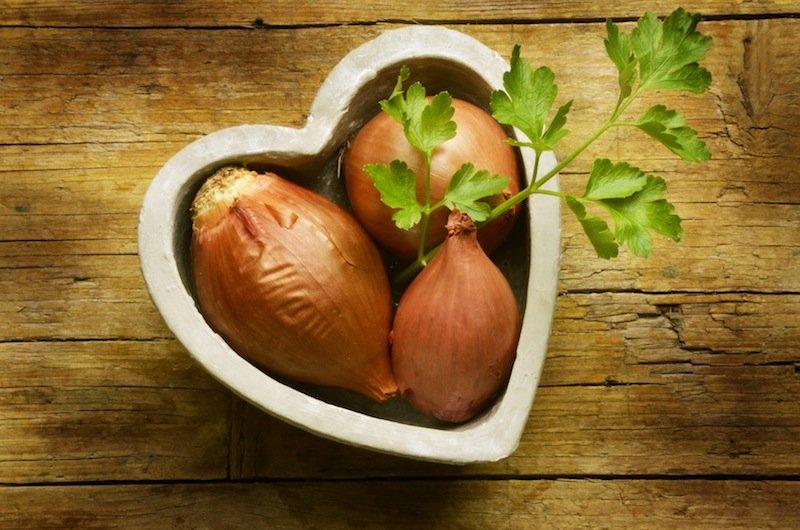 Onions for Health
Onions for HealthDo you have a PASSION you want to share with the world??? What better exposure than the INTERNET?!!!
Want to consider?
Well, you will need a place to "host" (place) your site, then the tools to build, run as well as track the performance of your Masterpiece!
OR, if you already have a site, but find that you are paying too much for tools and apps to run and track your site ...
Here's an All-in-One Solution for you! Hosting, as well as Tools to build, run and track!
